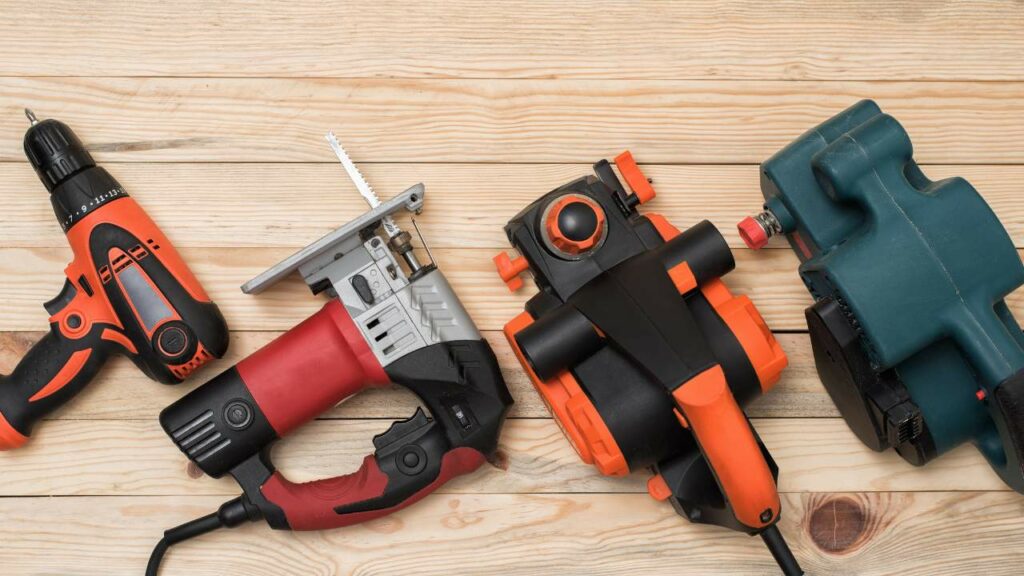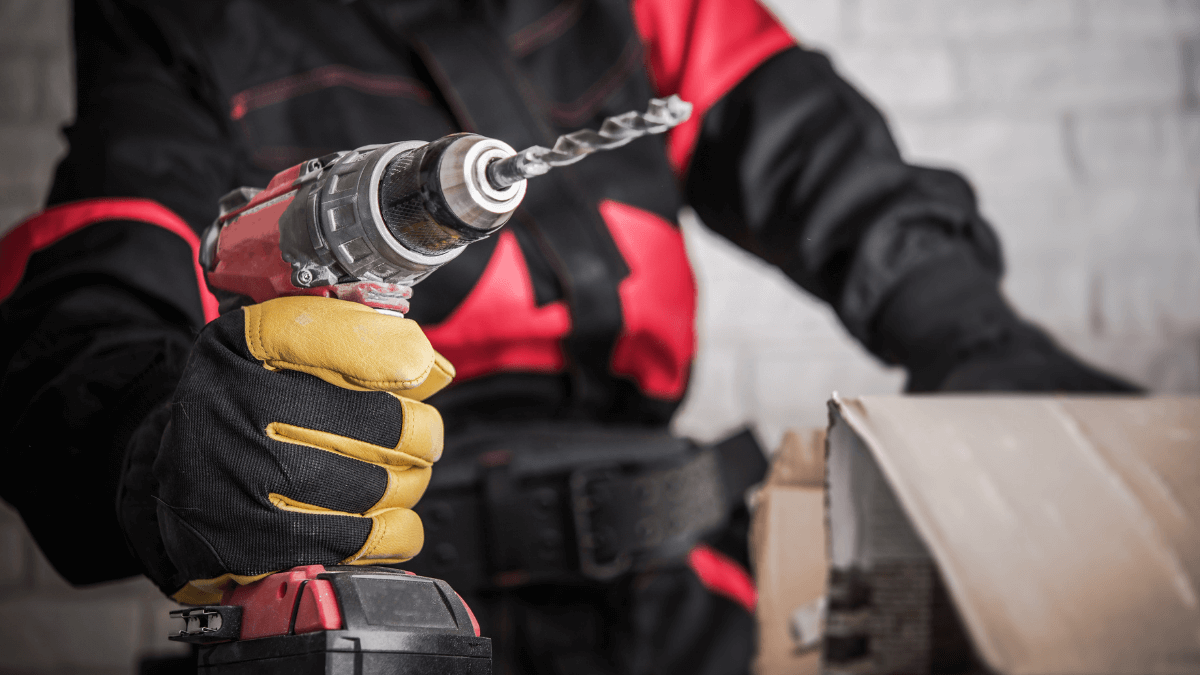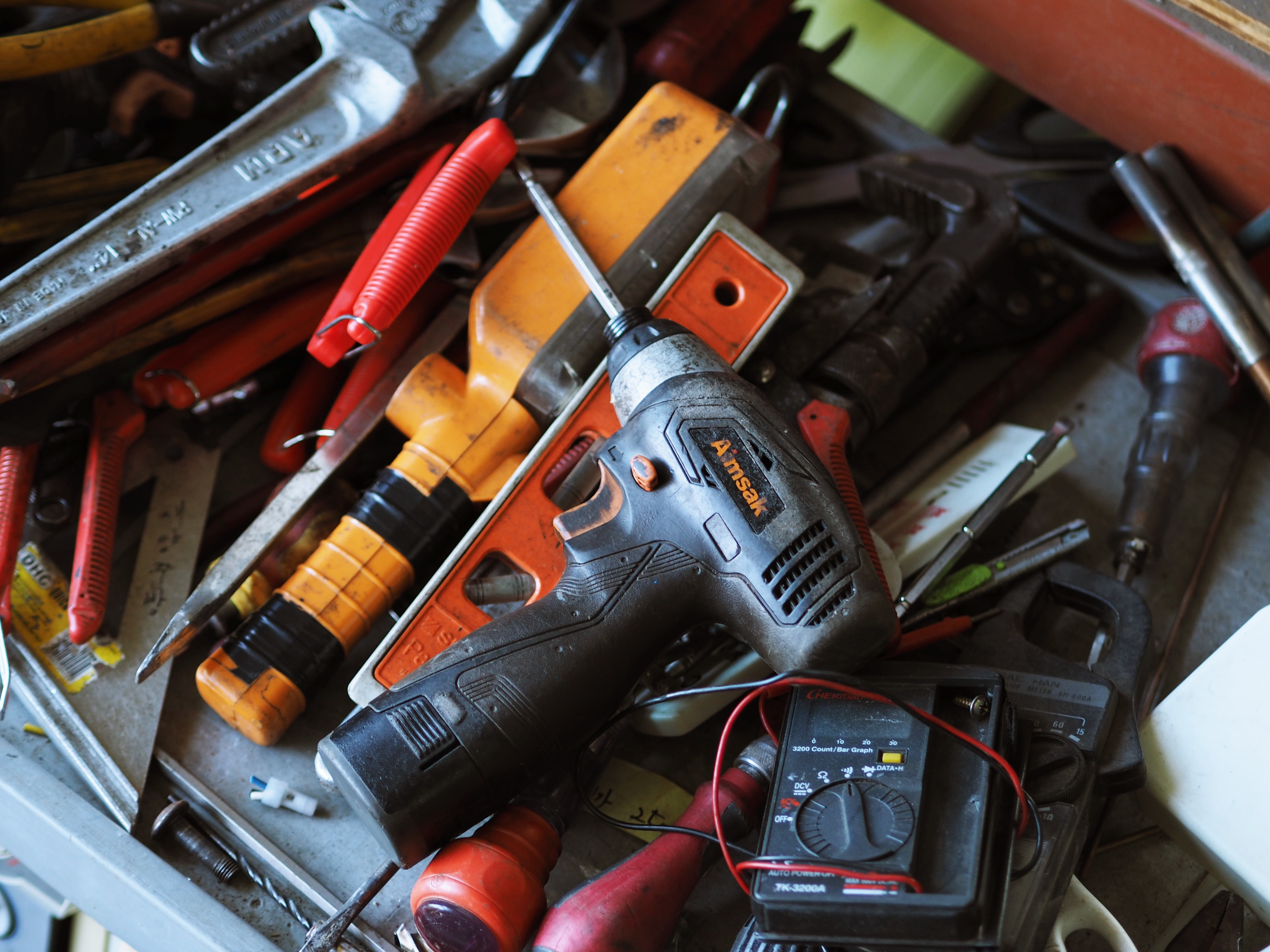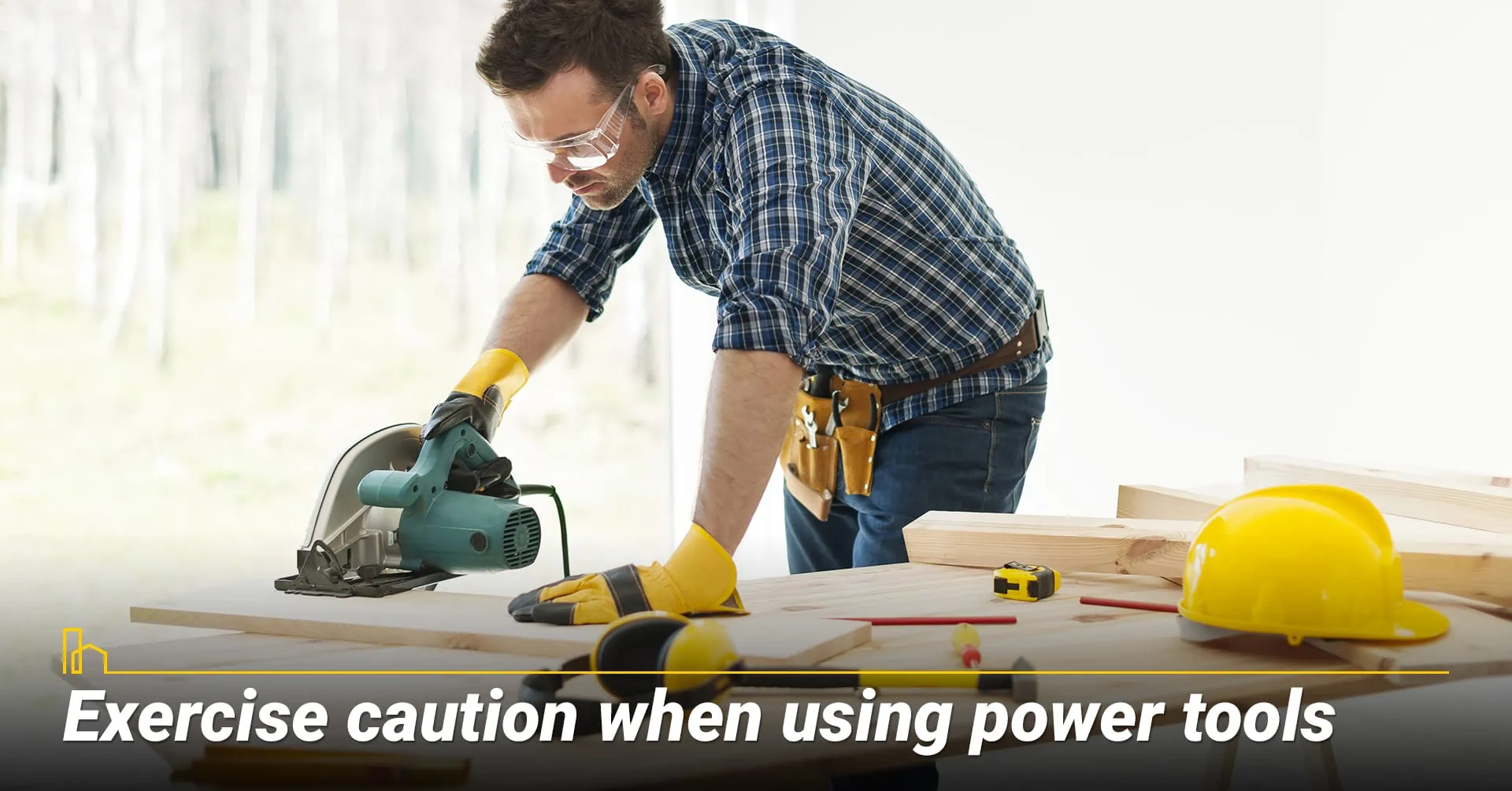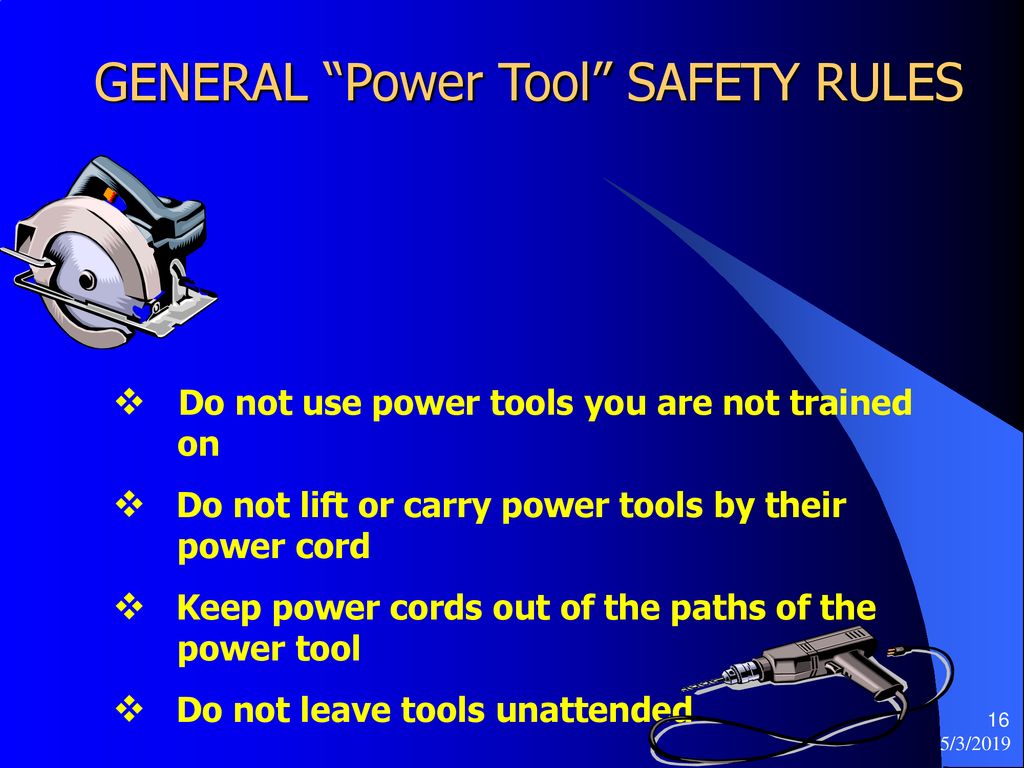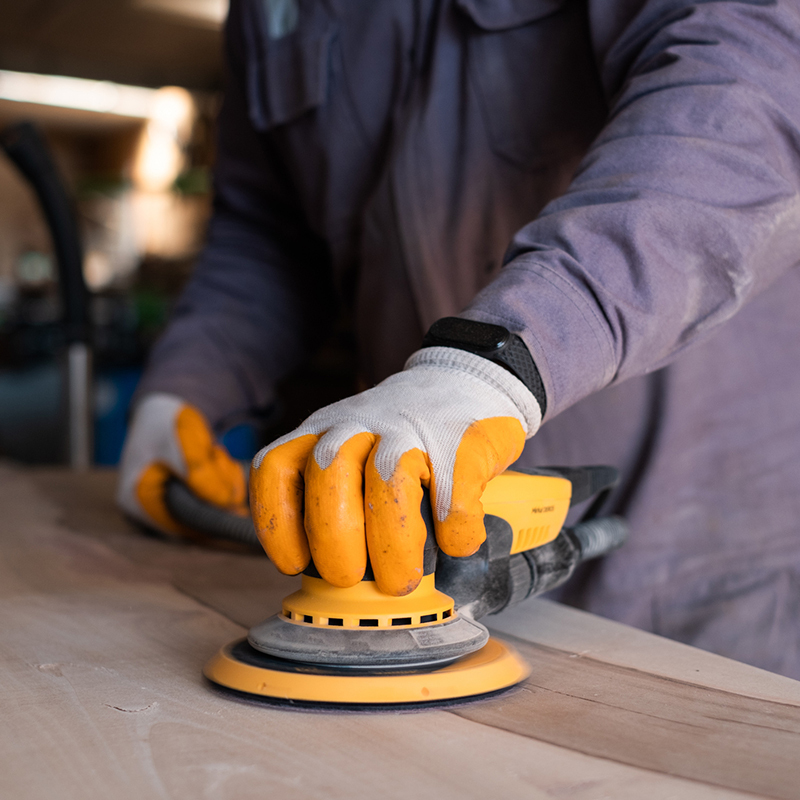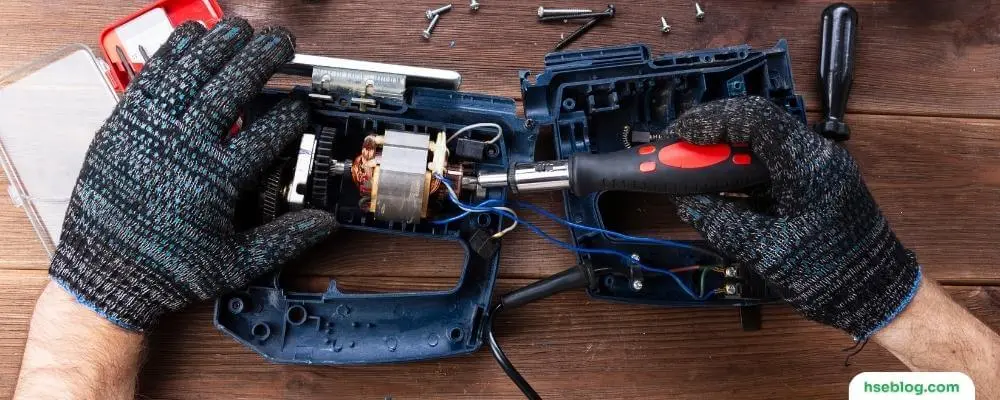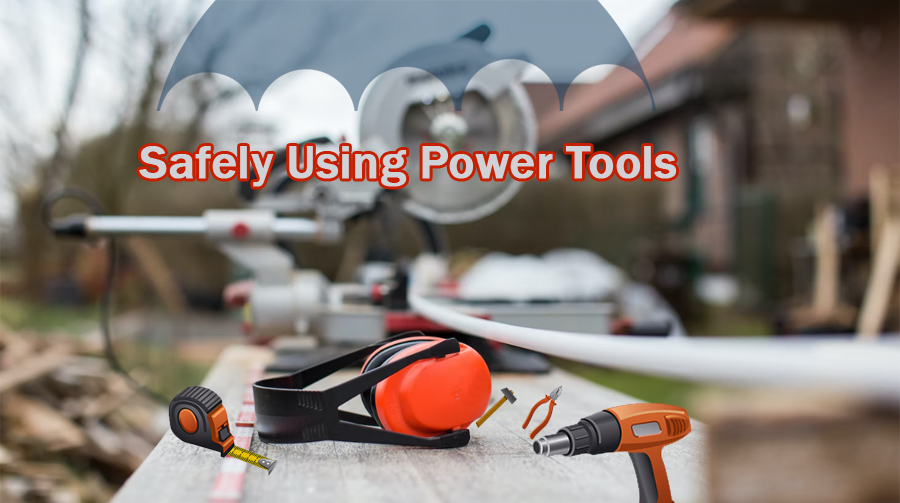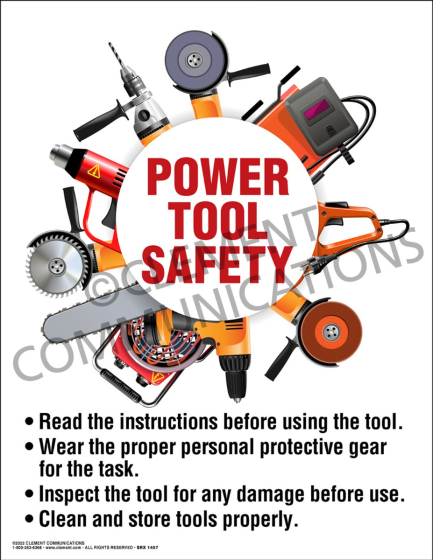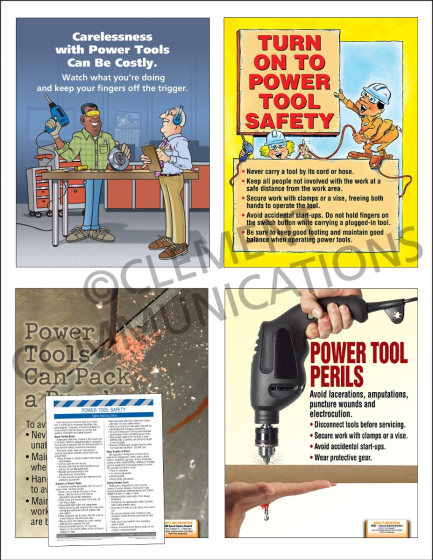What Is Never To Be Engaged When Using Power Tools
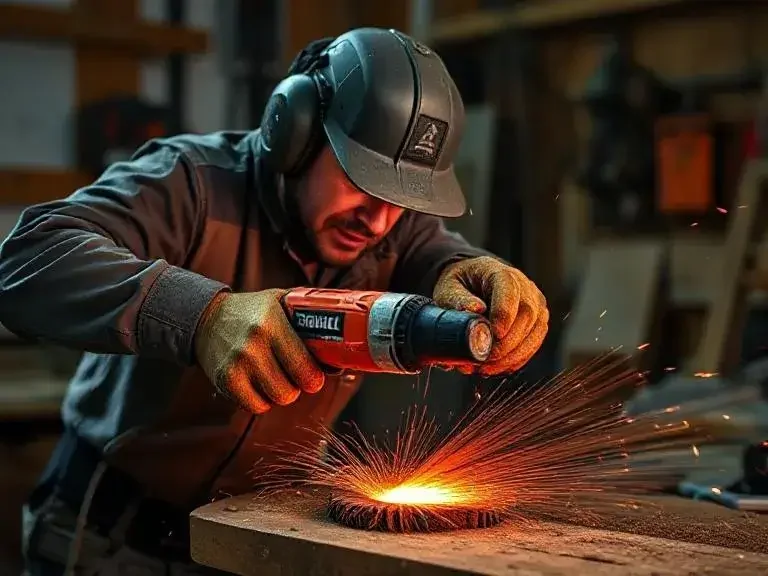
Power tools, indispensable in construction and DIY projects, pose significant risks if safety protocols are ignored. Understanding and adhering to strict guidelines about what should never be engaged while using power tools is crucial to prevent severe injuries and fatalities.
This article outlines the critical prohibitions and best practices for power tool usage, emphasizing the importance of knowledge and responsible operation to minimize potential harm.
Personal Protective Equipment (PPE)
Never operate power tools without appropriate PPE. This includes safety glasses or face shields to protect against flying debris.
Ear protection is mandatory to prevent hearing damage from prolonged exposure to loud noises.
Gloves protect hands from cuts, abrasions, and vibrations, and sturdy footwear prevents foot injuries from dropped objects or slips.
Drugs and Alcohol
Never use power tools under the influence of alcohol or drugs. Impaired judgment and reaction time significantly increase the risk of accidents.
Even over-the-counter medications can cause drowsiness and affect coordination, posing a danger when operating machinery.
Distractions
Never operate power tools while distracted. Focus solely on the task at hand.
Avoid using cell phones, engaging in conversations, or allowing other distractions that can divert attention from the tool's operation.
Loose Clothing and Jewelry
Never wear loose clothing, jewelry, or long hair that can get caught in moving parts. These items can become entangled, leading to severe injuries.
Secure loose clothing, tie back long hair, and remove jewelry before operating any power tool.
Unauthorized Modifications
Never modify power tools beyond their intended design or disable safety features. Alterations can compromise the tool's safety mechanisms and increase the risk of malfunction.
Always use tools according to the manufacturer's instructions and maintain their original safety features.
Unsafe Work Environment
Never use power tools in damp or wet environments unless specifically designed for such conditions. Water and electricity are a dangerous combination.
Ensure adequate lighting to see the work area clearly, reducing the risk of errors and accidents.
Keep the work area free of clutter and obstacles to prevent trips and falls.
Lack of Training and Knowledge
Never operate a power tool without proper training and understanding of its operation. Lack of knowledge can lead to misuse and accidents.
Read the manufacturer's manual thoroughly before using any power tool. Take advantage of training courses and workshops to gain the necessary skills and knowledge.
Complacency
Never become complacent when using power tools. Even experienced users should remain vigilant and adhere to safety protocols.
Overconfidence can lead to lapses in judgment and increase the risk of accidents.
Damaged or Malfunctioning Tools
Never use damaged or malfunctioning power tools. Inspect tools before each use for signs of damage.
Repair or replace damaged tools immediately. Do not attempt to use tools that are not in proper working order.
Reaching or Overextending
Never reach or overextend while using power tools. Maintain a stable footing and keep both hands on the tool whenever possible.
Avoid awkward positions that can lead to loss of balance and control.
Bypassing Safety Guards
Never bypass or remove safety guards on power tools. These guards are designed to protect the user from flying debris, contact with moving parts, and other hazards.
Ensure that safety guards are in place and functioning properly before operating the tool.
Leaving Tools Unattended
Never leave a power tool unattended while it is running or still connected to a power source. Someone could accidentally activate the tool or trip over the cord.
Always disconnect power tools from the power source when not in use and store them in a safe location.
Using the Wrong Tool for the Job
Never use a power tool for a task it was not designed for. Using the wrong tool can lead to damage to the tool, the workpiece, and potentially cause serious injury.
Always select the appropriate tool for the task and follow the manufacturer's instructions.
Forcing the Tool
Never force a power tool to perform beyond its capabilities. Overloading the tool can cause it to overheat, stall, or break, leading to injury.
Let the tool do the work at its own pace. If the tool is struggling, reduce the feed rate or use a different tool.
Adhering to these prohibitions is essential for safe power tool operation. Continuous reinforcement of safety protocols, comprehensive training, and a commitment to responsible tool usage are crucial to minimize the risk of accidents and ensure a safe working environment.
